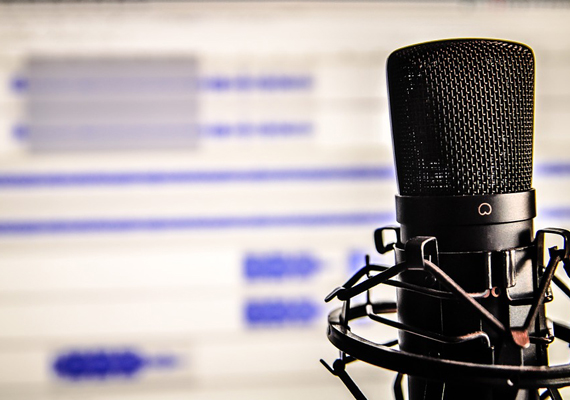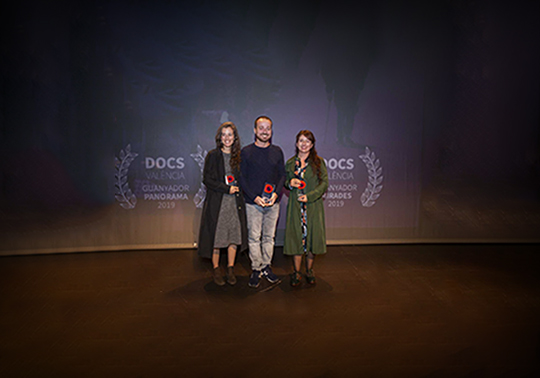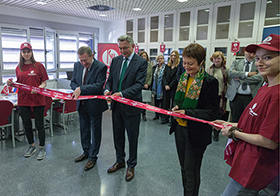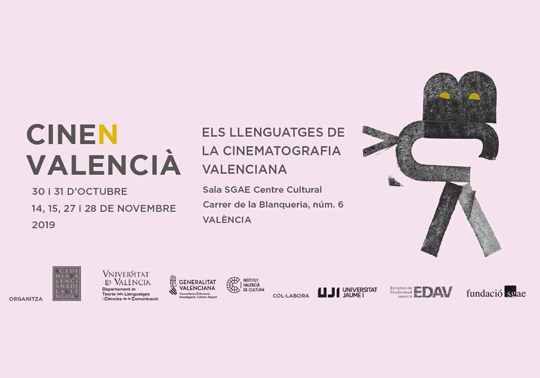
As Arnau Gifreu said in his visit to the Master’s Degree, almost whenever we talk about Audiovisual Communication we omit the “audio” part of the term, that is why, we dedicated this post to the new tendencies of digital radio for 2016.
25 january 2016
The radio starts 2016 with new challenges ahead. With the transition from analogic to digital, the online emissions are consolidated as one of the main ways to keep listening to the radio. The podcast prevails over the previous “here and now”. With the podcast the user decides how, when and where to listen to some content.
Furthermore, the Internet meant a higher visualisation for the radio media. Although it is still being a format with difficulties to be shared, social networks like Facebook are starting to include tabs to share audios, what helps to get the hearer’s attention and make the content viral. The tools which are helping to expand this format are also becoming more popular. Some of them are Clammr, soundBYTE and Radio CUT, which integrate audiovisual contents and formats, exploiting the possibilities of multimedia.
Spectators of the new radio
In the radio, the audio does not compete anymore with the video, but integrates it. The mobile screen has become a very important window to spread any radio programme, which tend to include more and more audiovisual content. This new context has appeared from a new professional profile, the responsible of the radio visual area.
A very illustrative example is the case of Joe Harland, who works for the BBC Radio as chief of the visualization area. His job is to keep maintaining the attention of the usual listeners and attract the attention of new ones. For this, he thinks about listeners as spectators.
In March 2014, BBC Radio 1 had around 100,000 subscribers to its official YouTube channel. In that moment, Harland announced that he will let his beard grow until the main video repository reached a million followers. And that is the way it happened. Harland reached that number and had his thick beard cut.
How did he achieve that? Having very clear what he should and should not do.
- Not to spread any type of audiovisual content.
- To stick to the brand values.
- To pay attention to the audience’s preferences.
Image source: Pixabay/swiatoteka0
Televised debates
In Spain, radios also joined the trend of including audiovisual content, as in the case of the last televised political debates through the radio.
Likewise, the main radiophonic groups such as RNE, SER, COPE and Onda Cero have developed their own apps by which the audiences can enjoy their favourite programmes, both live and delayed. In addition to the à la carte contents, these platforms enrich the radiophonic experience with data, images, videos and recommendations so the user is able to interact and at the same time gets more participation. The consumer is now a prosumer, since has the capacity of producing and managing his/her own radio programming.
About the future of the radio, Daniel Aragón, deputy director of Los 40 Principales and Máxima FM, says that in 2020 the radio will have to live with the 3Ps: positioning, prescription and publicity.
“Positioning because it should be completely adapted to the consumption systems (smartphones, smartwatches, car play, smart tv, etc.). Prescription because it will be the main differential value regarding the new digital music consumption formats. And publicity because more integrated and experiential publicity models will be involved in the work, that do not interrupt the audience”, predicts the radio professional.











